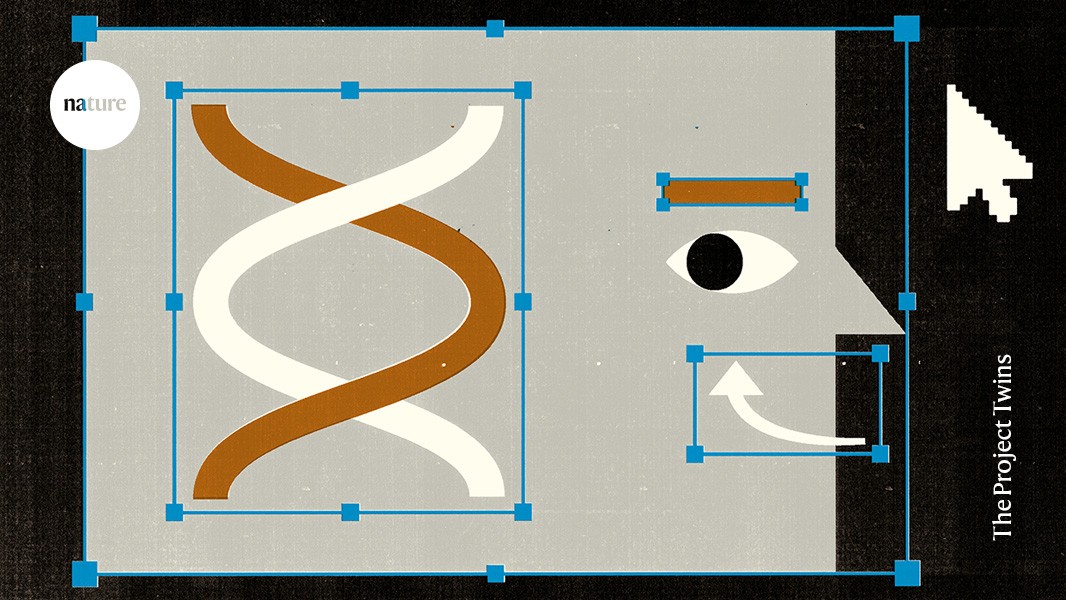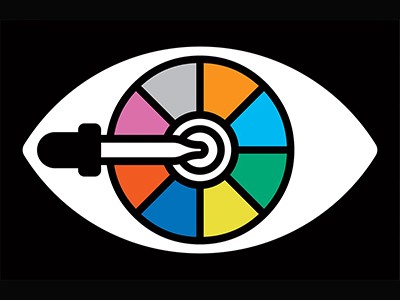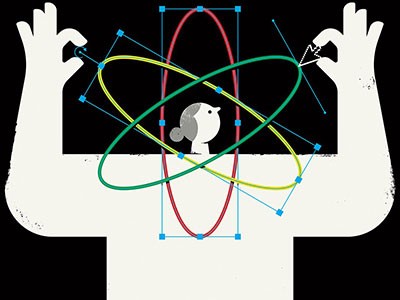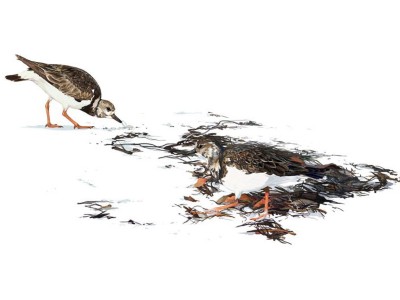After graduating from the medical and biological illustration programme at Johns Hopkins University in Baltimore, Maryland, Shiz Aoki fulfilled a long-held dream: she launched her own company. Founded in 2010 in Toronto, Canada, Anatomize Studios works with large clients — pharmaceutical companies, magazines and medical professionals with niche needs and capacious budgets. Yet Aoki would often also field requests from individual researchers. They wanted to create visualizations for papers, presentations or outreach, but struggled to distil their complex science down to something approachable, let alone visually appealing.
“I must have turned away hundreds of scientists and saw them taking to PowerPoint to create content that, sadly, didn’t do justice to these really important scientific discoveries they were making,” Aoki recalls. “I realized that my love of art is not just a passion thing — that science was actually being stalled by a lack of tools and understanding of science communication.”
Colour me better: fixing figures for colour blindness
Fortunately, it’s easier than ever for researchers to create compelling figures and images, even without a background in design. For one thing, there’s BioRender, a web-based app that Aoki co-founded in 2017. Akin to Adobe Illustrator, but for life scientists, BioRender includes both bioscience-specific drawing tools and a library of more than 50,000 scientifically accurate icons. This resource and others like it — including BioIcons, Reactome and Servier Medical Art — show just how far the fields of data visualization and scientific illustration have come in the past few years, and how scientists remain hungry for tools to help them depict and share their work.
Nature contacted graphic designers, scientific and medical illustrators, and journal art directors to glean tips and resources for creating polished visuals. Here’s what they said.
Prioritize illustrations
The design of figures might seem secondary to running experiments and writing them up for publication. But visualizations can help readers to make sense of abstract concepts in a way that words alone cannot.
“The figures you choose are actually really important,” says Kelly Krause, creative director for the Nature family of journals, who is based in New York City. “People make snap judgements based on visuals, and if they don’t look good, they can steer someone away from a paper that otherwise they might like to read.” Think, for instance, of a graphical abstract that can serve as an advertisement for a research article.
The software that powers scientific illustration
So, devote time to your visuals. Decide what information is essential, make an outline of the content, and edit your figures as ruthlessly as you would any manuscript.
“Almost every time I talk to a scientist, they initially give me way more information than I need, because every single detail feels important,” says Kelly Finan, a designer based in Hop Bottom, Pennsylvania. “But I often find that when I then ask them to explain their work, scientists become aware of what’s extraneous and what isn’t.”
Identify your audience
You wouldn’t write a popular-science talk as you would a research paper, and the same goes for visualizations (see ‘Focus on basic design principles’). Is the goal to inform the reader, elicit an emotion or present data in a unique way? The answer can guide not just the content, but also style choices. “In certain fields, there’s an established way of doing things, but in others, there’s room to be more creative while still maintaining accuracy,” says Nobles Green II, the founder of Amplify Biovisuals in Atlanta, Georgia, and president of the Association of Medical Illustrators.
Similarly, consider the intended audience. Nicolle Fuller, the founder and creative director of SayoStudio, a science-communication firm in Bellevue, Washington, says this helps to set boundaries around the amount and types of information necessary in a visualization. “You can get away with more complexity when you’re making graphics for other scientists,” she explains — for instance, by including membrane proteins on the cell surface that would overcomplicate an image for the lay reader.
Some designers therefore warn against trying to make a single visualization serve too many purposes. Instead, they say, it’s better to design a range of items — an infographic for social media, a visual abstract and a figure for a seminar presentation, for instance — using the same information. Fuller says that considering the audience has helped clients to think creatively about their data, prompting occasional “aha moments”.
Don’t over-design
With academic manuscripts ballooning in size, it can be tempting to let figures do the same. But more information doesn’t necessarily lead to greater comprehension, and many illustrators live by the motto that less is more.
Illustration: get your research the attention it deserves
“There’s a tendency to overly decorate a figure — add a gradient or a shadow to make it look more jazzy — that actually gets in the way,” Krause says. “You wouldn’t expect flowery prose in a scientific paper, so why would you do that to your figures?”
Ashleigh Campsall, a senior graphic designer at the life-sciences magazine The Scientist, says lean graphics tend to look more professional, and the more white space, the better. “Letting everything breathe makes it easy to digest and interpret, and takes away some of the mental work for the reader,” she says.
Think accessibility
As dedication to diversity, equity and inclusion has grown, so too has the academic community’s embrace of inclusive visualization methods. For example, colour palettes should be suitable for people with a colour-vision deficiency or who are colour-blind, but should incorporate redundancy, too. A line graph might use different colours to indicate each treatment, for instance, but you can also use solid, dashed and dotted lines to increase comprehension, as well as more-descriptive captions.
Create ‘alt text’, too — a written description of an image to be read aloud by a screen reader. One guideline is to limit alt text to roughly 280 characters, or about the length of a social-media post. And use that space creatively, Green advises: you’re trying to paint a picture with words.
Use AI sparingly (or not at all)
Image generators powered by artificial intelligence (AI) have made it easier than ever to create seemingly high-quality pictures from scratch. But almost as soon as these tools appeared, horror stories emerged. Several papers have been retracted owing to bizarre, AI-generated visualizations, including two published earlier this year, one showing a rat with overly large testes in Frontiers in Cell Development and Biology and the other containing an anatomically flawed figure with nonsense labels in Medicine.
NatureTech hub
Many publishers now ban AI-generated images from manuscripts, and designers who spoke to Nature say they mostly avoid the technology. Campsall, for example, might pull a stock image into Adobe Illustrator and use its AI generator to extend the background. “But for wholesale image design, the technology is really just not there yet,” she says. (Citing the unstable legal framework surrounding generative-AI-based images, Nature has so far barred their use except in instances in which AI is the research focus.)
But other designers, including Aoki, say there’s room to leverage AI creatively. Just as writers might use a chatbot to brainstorm headlines or check a draft for tone, image generators can be helpful during the mock-up process. BioRender, Aoki says, is beta-testing a handful of AI-powered tools that allow users to input a text description — say, a cell–cell interaction or an experimental timeline — and get a draft figure out.
“The difference here is that the data that we’re training on isn’t just random data from the Internet, it’s our massive library of vetted icons,” says Aoki, adding that humans must still provide the final stamp of approval. “Scientific integrity and accuracy are so important, so we want to make sure we get this right.”






